Fine Motor Skills Normal Tracing Letters Worksheets for Ages 3-6
20 filtered results
-
From - To
Enhance your child's fine motor skills with our engaging Normal Tracing Letters Worksheets, specially designed for ages 3-6! These worksheets provide a fun, interactive way for young learners to develop essential handwriting skills while tracing each letter of the alphabet. As children focus on precise movements, they improve their hand-eye coordination and dexterity, laying a strong foundation for future writing proficiency. With vibrant designs and appealing activities, our worksheets captivate little learners, making skill-building enjoyable and effective. Perfect for home or classroom use, these resources are an invaluable tool in fostering early writing skills and promoting confidence in budding writers.
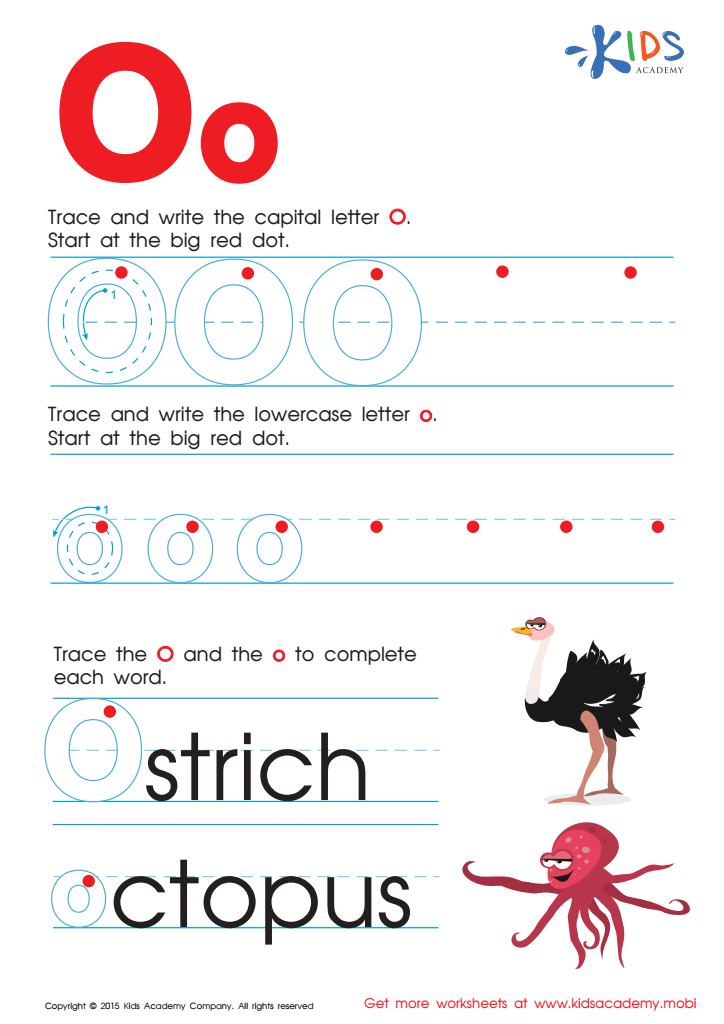

Letter O Tracing Page


Letter P Tracing Page
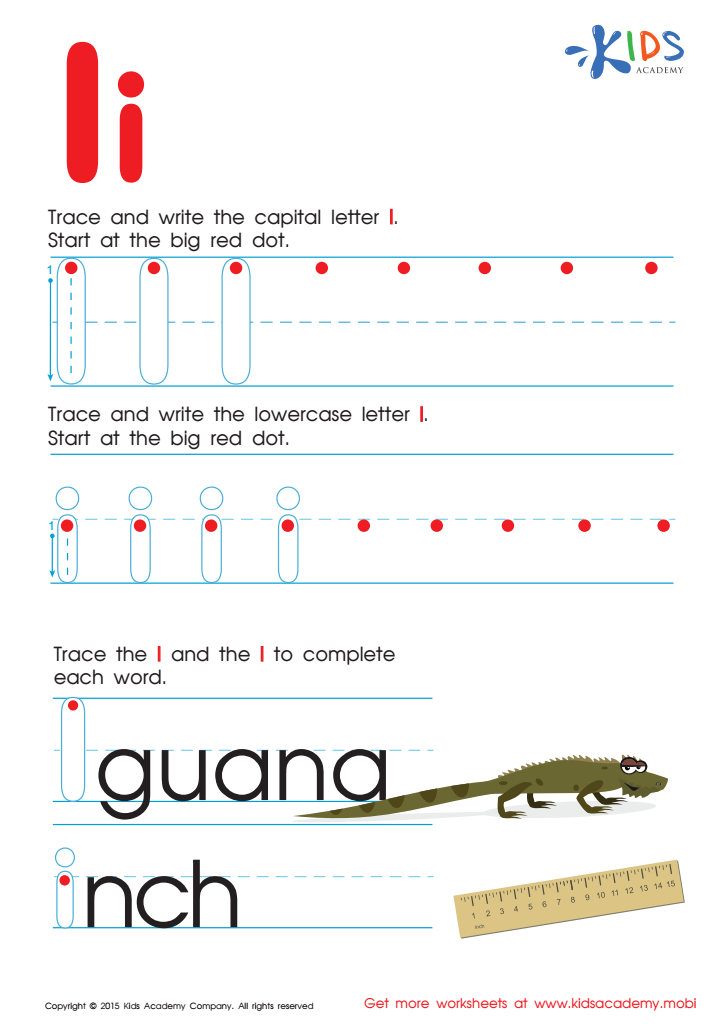

Letter I Tracing Page


Letter Q Tracing Page
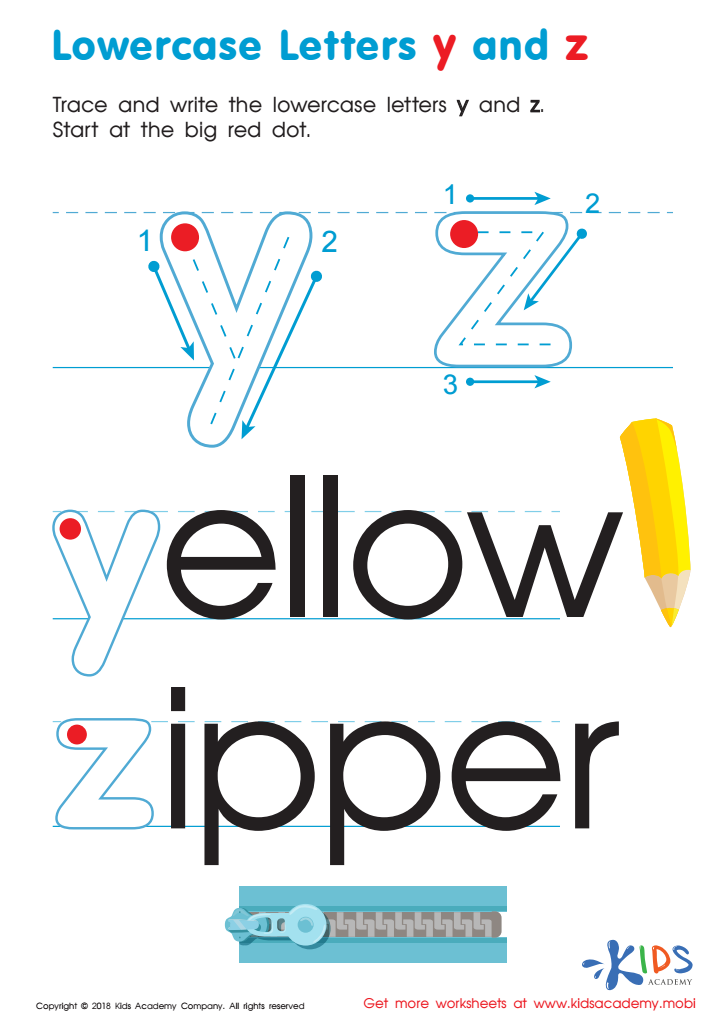

Lowercase Letters y z Worksheet
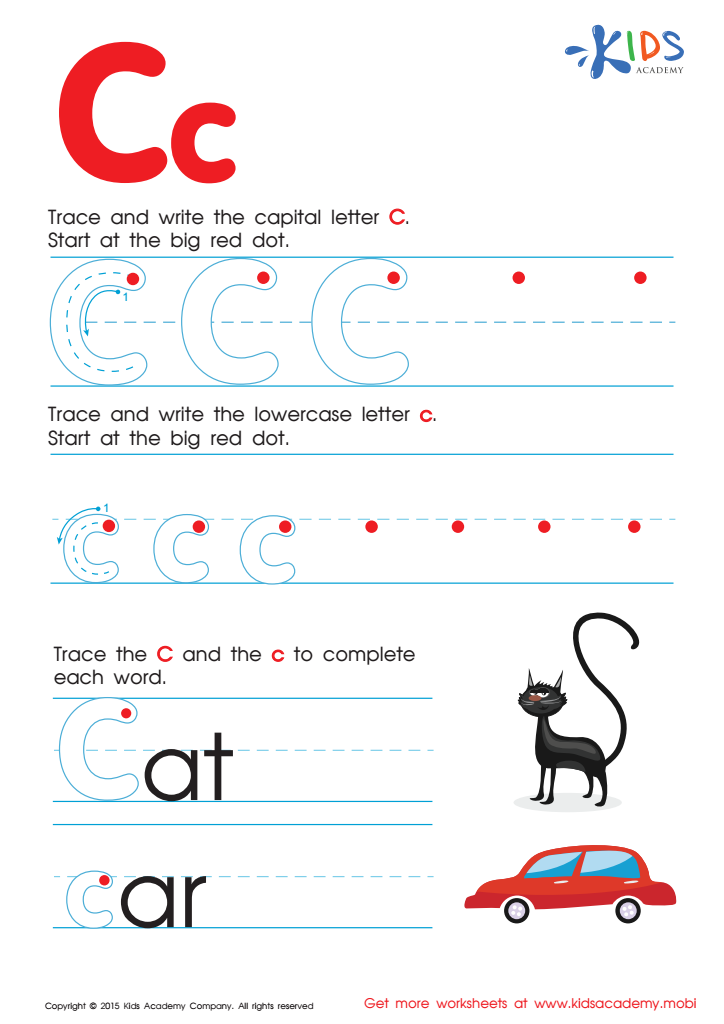

Letter C Tracing Page
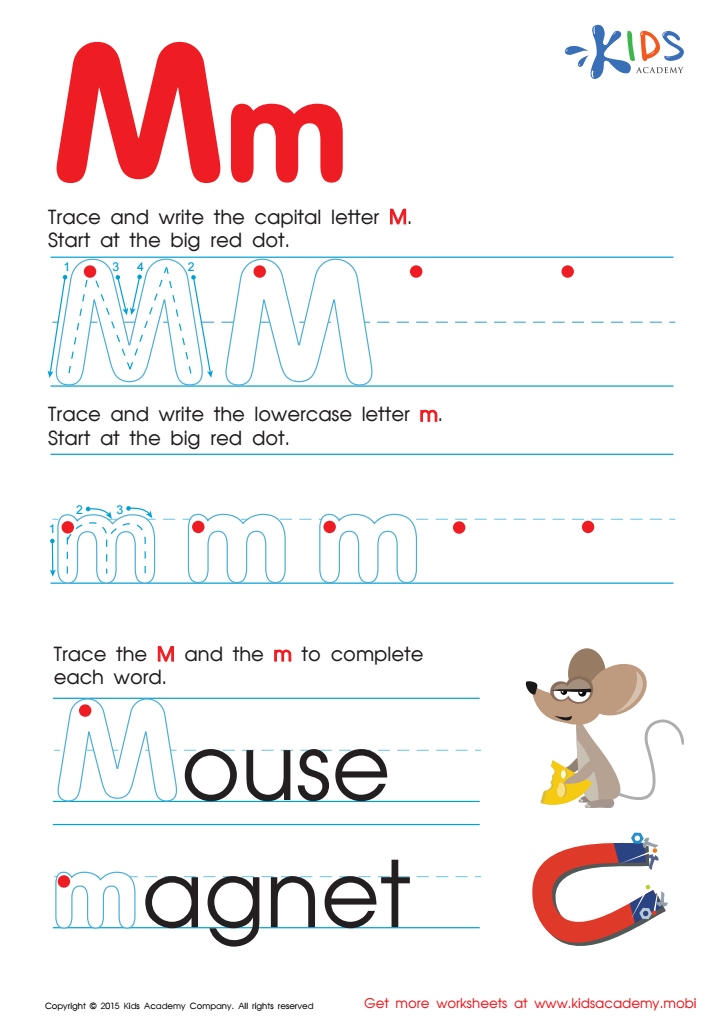

Letter M Tracing Page
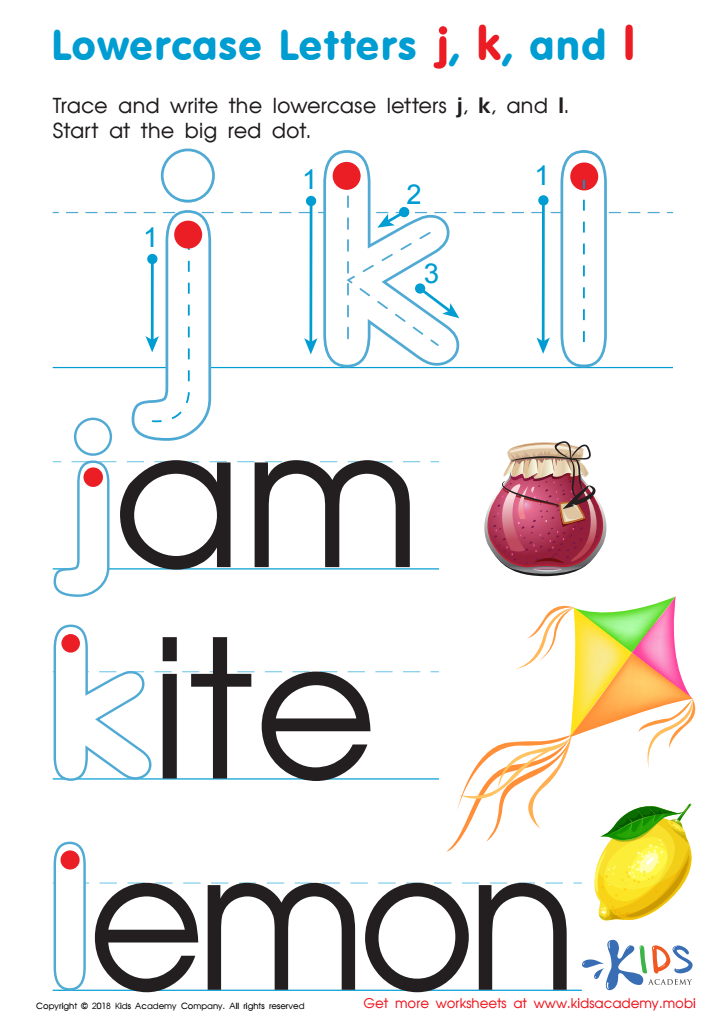

Lowercase Letters j k l Worksheet
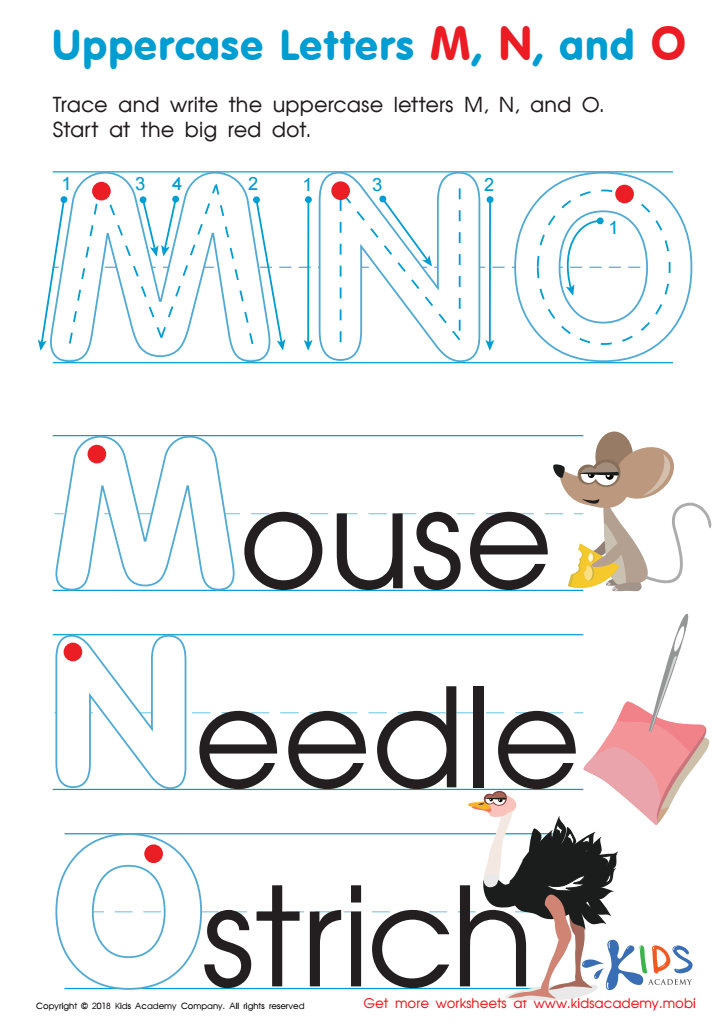

Uppercase Letters M, N, and O Worksheet


Letter G Tracing Page
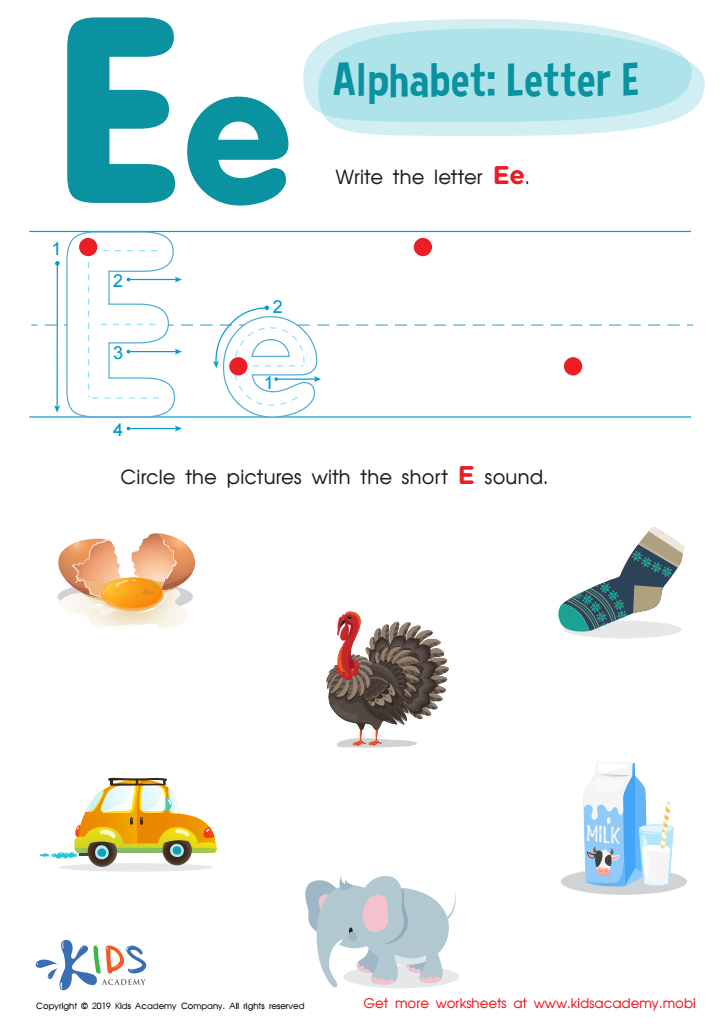

Letter E Tracing Worksheet
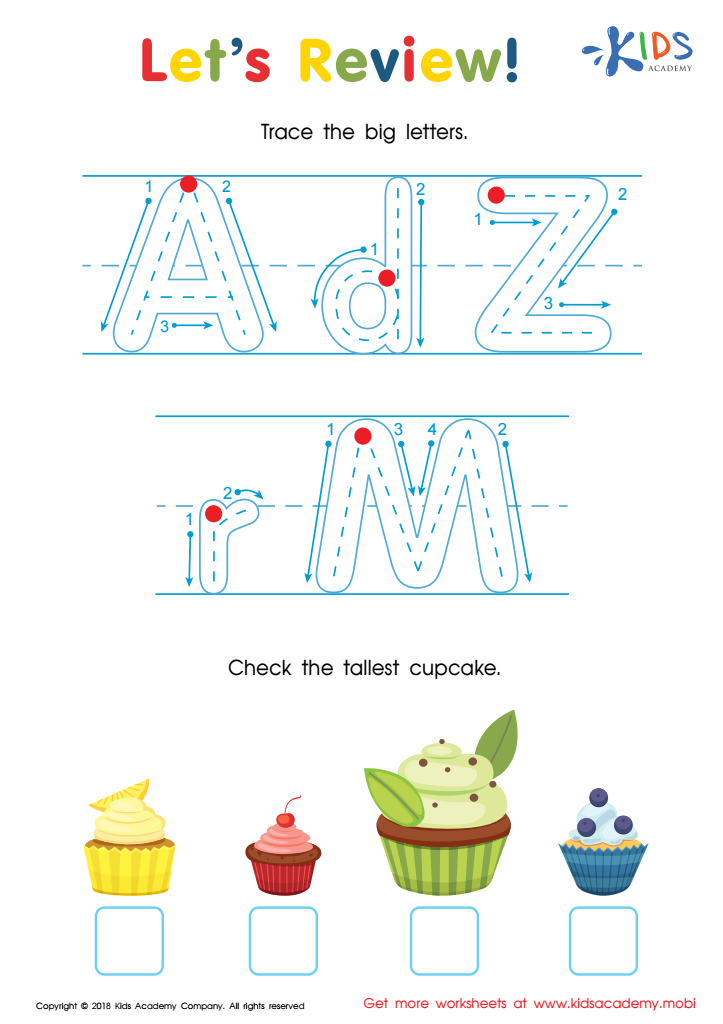

Let's Review! Big Letters Worksheet
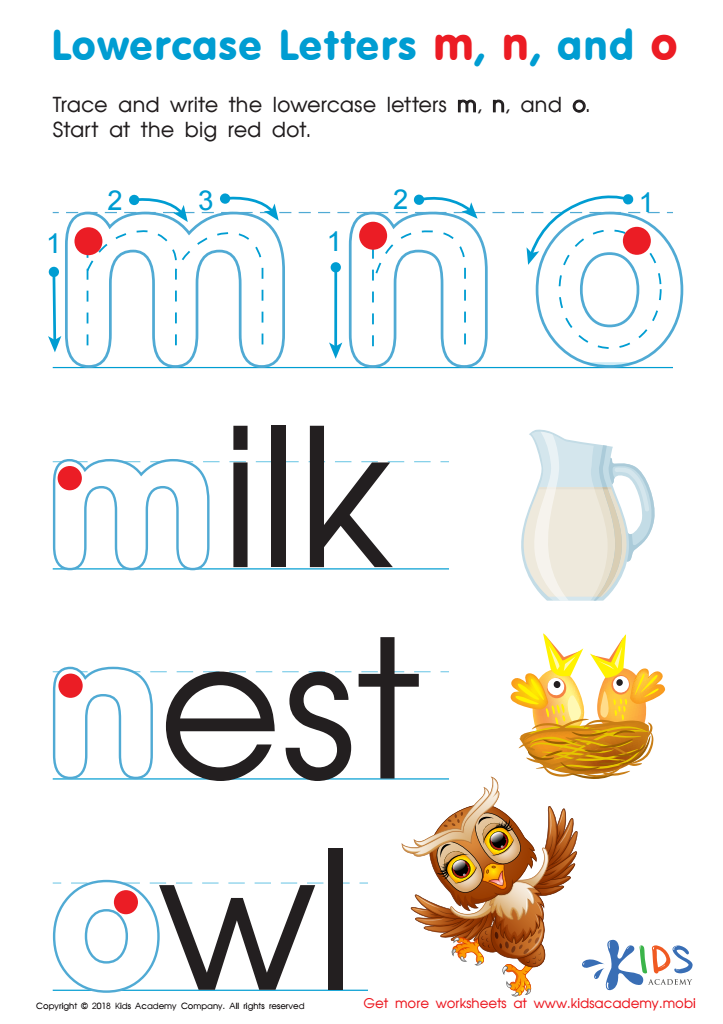

Lowercase Letters m n o Worksheet
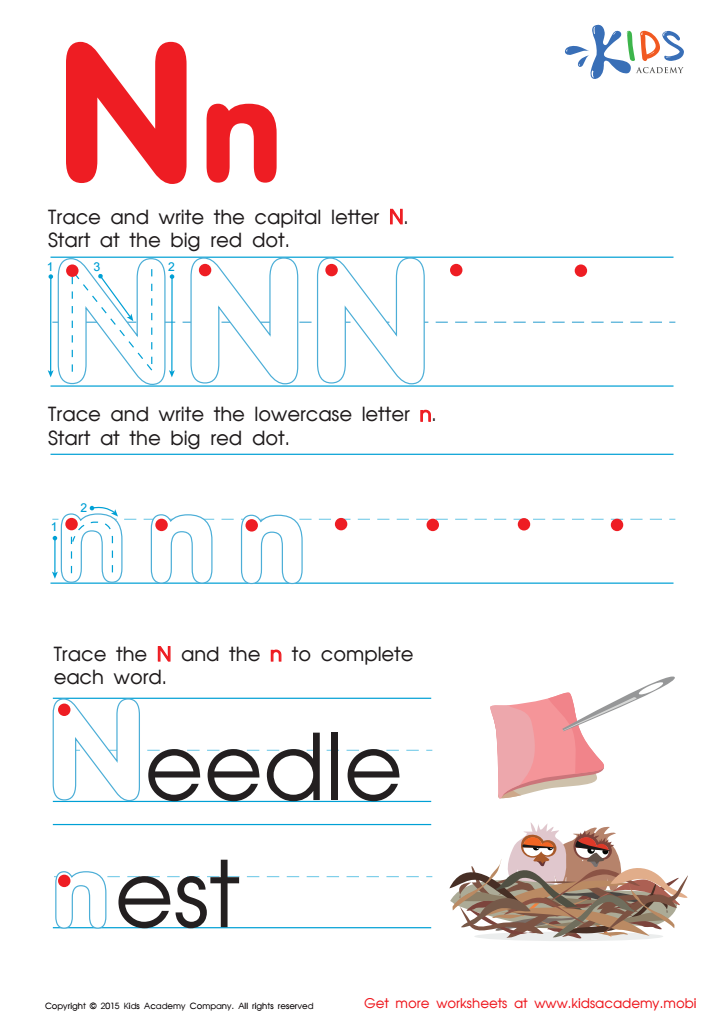

Letter N Tracing Page
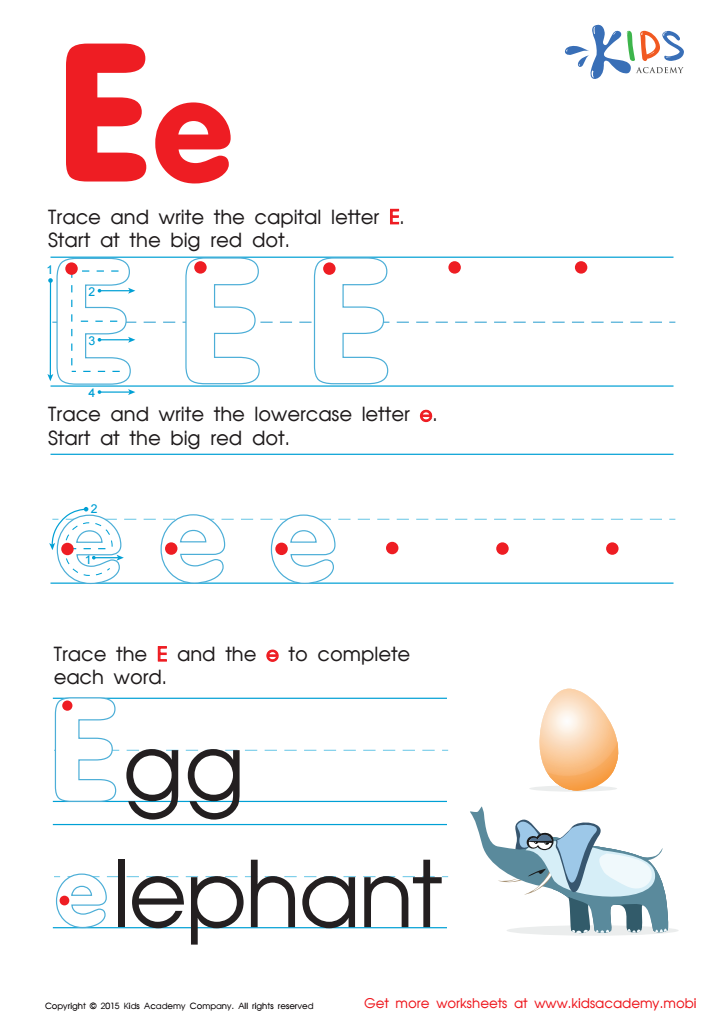

Letter E Tracing Page
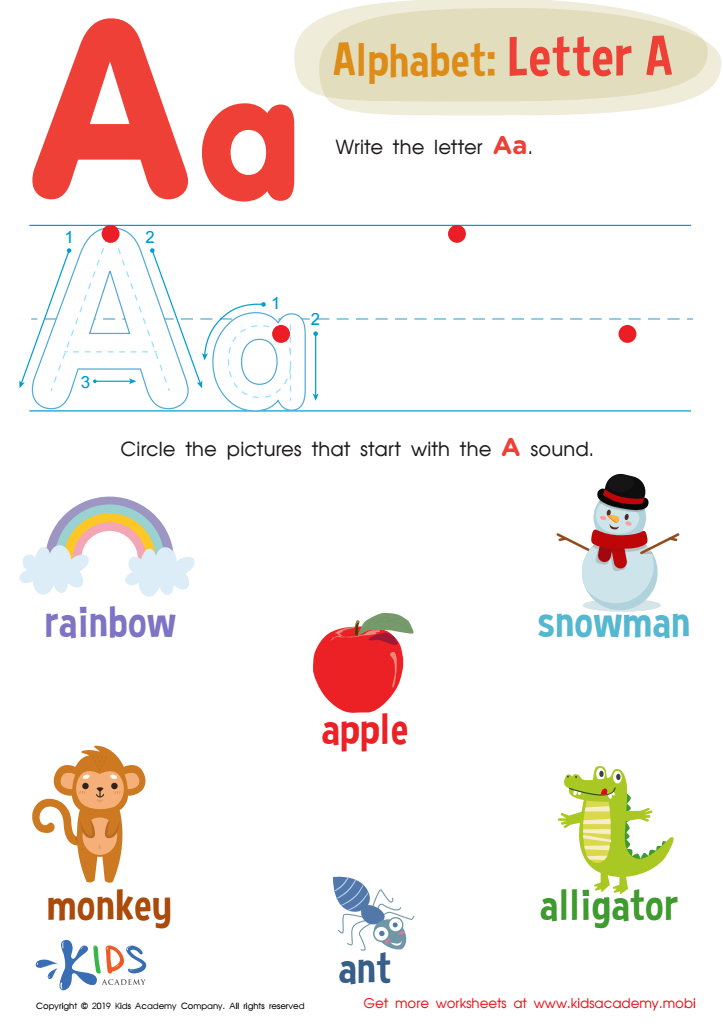

Letter A Tracing Worksheet
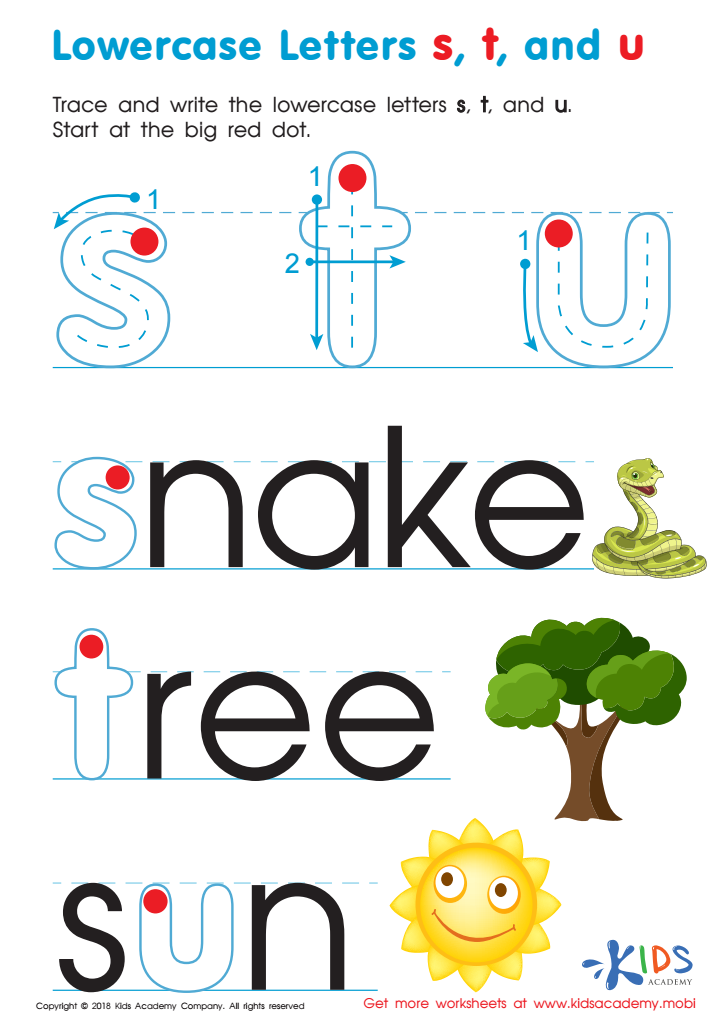

Lowercase Letters s t u Worksheet
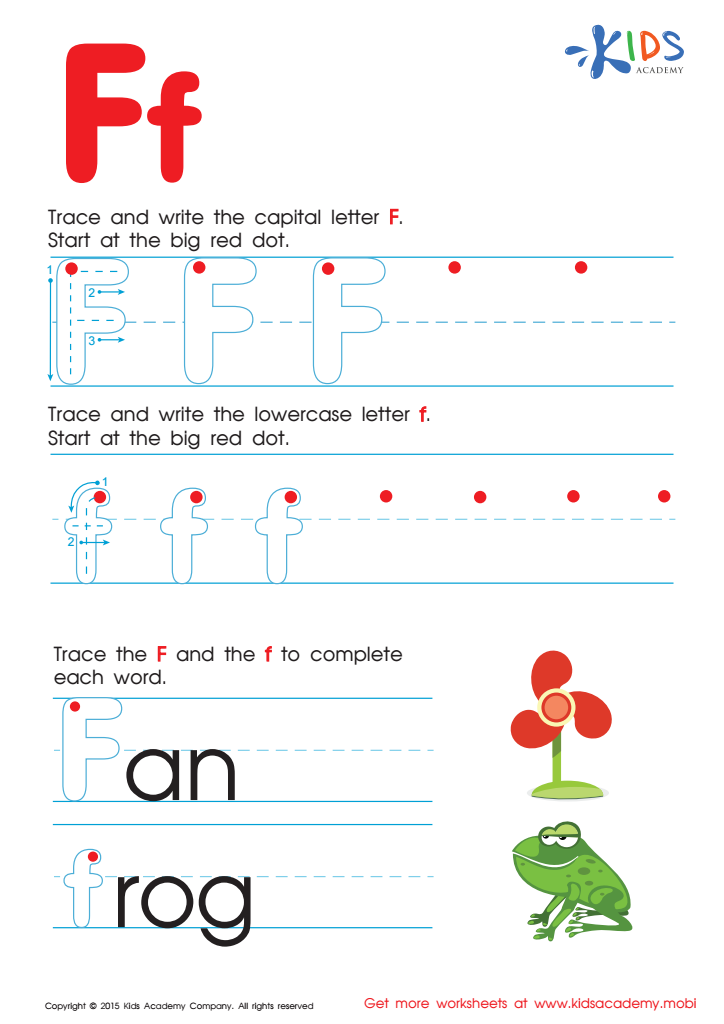

Letter F Tracing Page
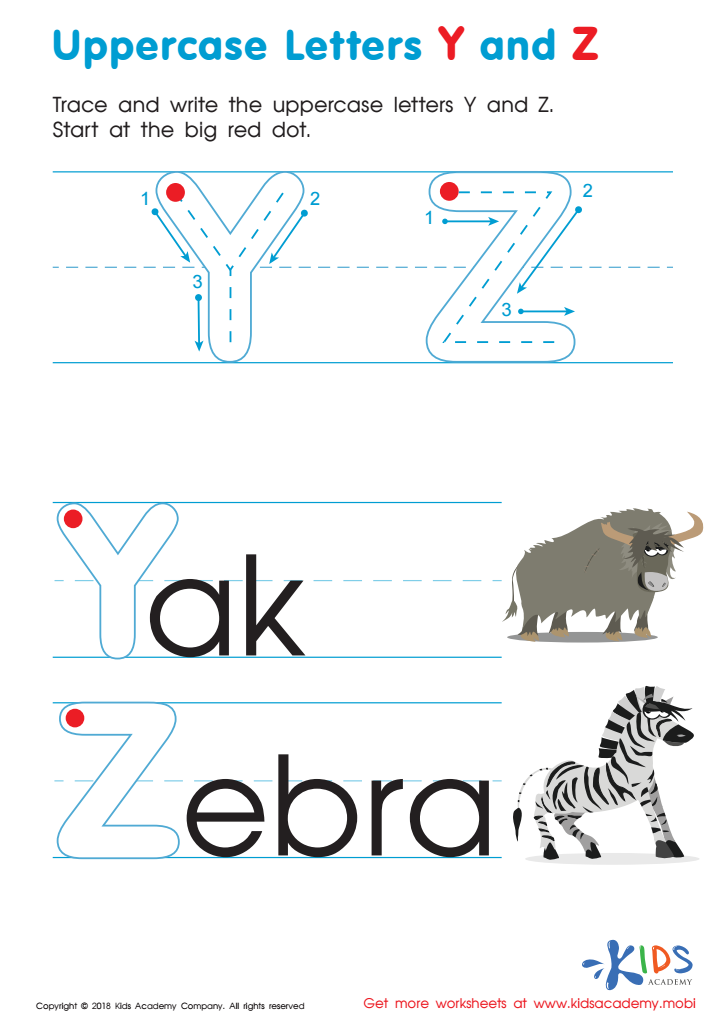

Uppercase Letters Y Z Worksheet


Letter D Tracing Page
Fine motor skills are crucial for young children's overall development, particularly in the foundational ages of 3-6. Tracing letters is a vital activity that enhances these skills, enabling children to develop the hand-eye coordination and dexterity necessary for more complex tasks. Parents and teachers should care about this developmental process because fine motor skills play a significant role in a child’s ability to write, draw, and manage everyday tasks independently, fostering self-confidence and encouraging creativity.
Moreover, tracing letters helps children engage with the alphabet, which is fundamental for early literacy. When children practice letter formation through tracing, they’re not just honing their fine motor skills; they’re also reinforcing letter recognition, learning how letters are structured, and establishing a basis for writing. This practice cultivates cognitive connections that enhance memory and recall.
Additionally, promoting fine motor skill development through activities like letter tracing can help identify specific learning needs, paving the way for targeted support. Overall, prioritizing fine motor skills in early education builds a strong foundation for lifelong learning, encouraging students to explore and express themselves effectively. Thus, parents and teachers invested in a child's growth should see fine motor skills as a vital aspect of their future academic success.
 Assign to My Students
Assign to My Students















